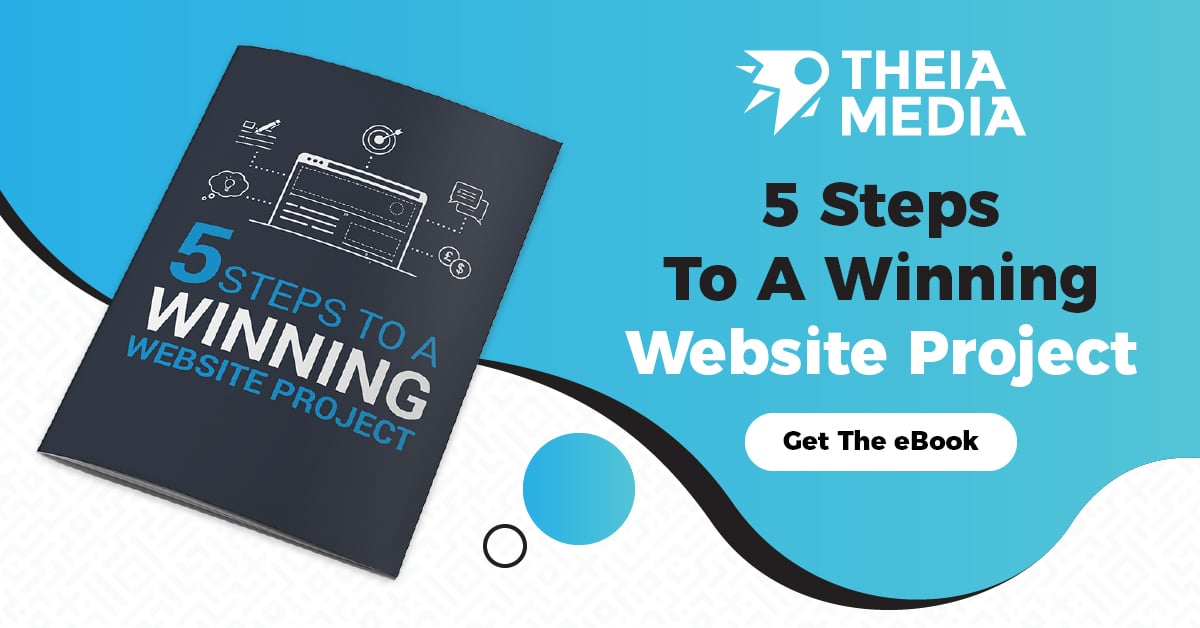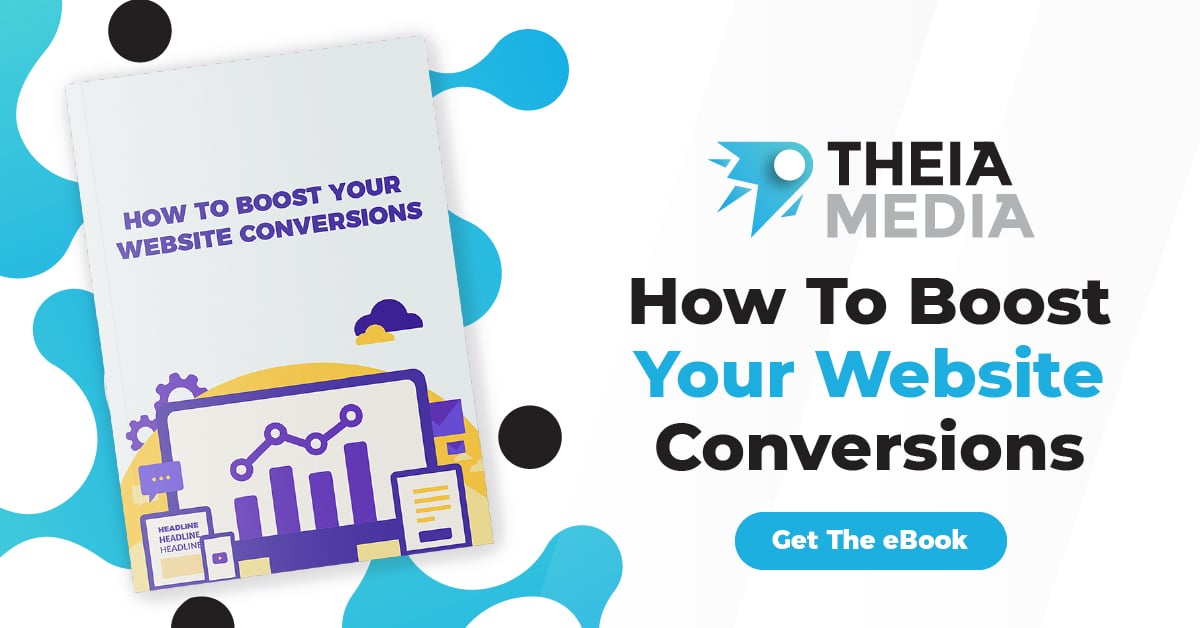Why are page speed optimization services important to website success?
Simple! It’s not only what your site visitors want — it’s what Google wants. There’s a connection between page speed and SEO, and it’s exactly why your pages need to load quickly.
Google’s main job is to provide users with search results that best fit their queries. Not only do search engines serve pages with content that best fits the user’s query, they also want to display websites that provide a great user experience. And you guessed it — page speed is definitely part of a great user experience.
Other user experience factors include things like readability and ease of navigation.
Pages that load quickly appeal to site visitors and help to decrease bounce rate — another indicator to Google whether or not your site is a good one.
When your site loads slowly, (takes longer than 3 seconds to fully load), users will become frustrated, and bounce from your website to find one that provides the information they need more quickly.
If users consistently bounce from your site, Google will start to take notice, and you will see a drop in search engine rankings. That’s because Google sees a correlation between high bounce rate and a bad user experience, so they subsequently drop you in the rankings.
If users don’t stay on your website long enough to read your content, Google concludes that it must not be a very good website. Little do they (or your site visitors) know that you could have one of the best websites with the best content out there, but your slow load time kept them from experiencing your website.
This makes page speed even more crucial. Page speed can keep users from entering your site in the first place, which means they won’t learn about your business, see your products and services, or read your informative, beneficial information. Most of all, they won’t convert.
In January 2018, Google announced its Speed Update, which says that mobile speed is now a part of ranking factors. Because of this, both your desktop and mobile rankings can change due to site speed.
This means that when dealing with page speed optimization, it’s crucial to keep mobile in mind as well.
Optimizing page speed for mobile devices works the same way as it does on a desktop. And of course, you want to ensure that your site is mobile responsive in the first place! This means that your website is effective and easy to use on smaller screens, too!

4 factors that contribute to slow load time
There are a lot of factors that can contribute to slow load time including:
1. Poor HTML coding
One surefire way to ensure that your pages will load slowly is by having a sloppy HTML code on the backend of your site.
HTML code is what tells your page how to look when users view it on your website. The code is made up of all sorts of tags that tell the page how to work and what to do.
Every page on your website will have a page of code, and the larger and more complex your website is, the more complex your code will be. This is where it becomes easy for your code to become jumbled and sloppy.
In order to keep your pages loading quickly, it’s important to ensure that there are no extra tags, and that everything is referenced properly. Otherwise, it will take the server longer to read the code — causing a slow-loading site.
2. Large unoptimized graphics
Including graphics on your site is crucial to providing a great user experience. When you provide a whole page of information, for example, it’s important to break up all that information with some images, graphics, or video to ensure that the reader doesn’t get bored.
However, all the bells and whistles that you can add to your site pages in terms of graphics and videos can weigh your site down and cause it to load slowly.
Huge, high-resolution photos are one of the biggest causes of slow-loading pages.
So how do you ensure that your site provides a great user experience with graphics while keeping page load time fast? Optimize your graphics!
Consider using a tool like Kraken.io to condense your image files so that they’re not so bulky. It won’t change the visual size of the image but condense the file size so that it doesn’t take as long to load on your website.
3. Too many redirects
Redirects are created when you want to replace all links to an old webpage with references to a new one. The redirects are bits of code that are placed within your .htaccess file in the server, and you can create as many as you need when you replace old pages on your site.
However, when you have tons of redirects on the same page, your site takes the time to reference the .htaccess file to find out the new location of where the link is pointing. This is essentially like loading links twice on your page which ramps up page load time.
4. Server location and performance
One of the easier factors to understand — the farther away your server, the longer it will take your website to load. That being said, it’s important to be mindful of where your server is located. For example, if your business is based in the United States, don’t select a server in China.
In relation to server performance, you want to ensure that you have a high-quality website hosting service. Here’s how it works:
- A user types your URL into their search bar, or visits your website from a search engine like Google
- Their browser notifies your server that they’re trying to visit your site, and asks for all the information necessary to visit your page
- If your server is high-quality, the information will arrive quickly
The quality of your server comes down to whether it’s shared or dedicated:
- Are you on a shared server? If so, you are sharing server space with another website and their traffic.
- Are you on a dedicated server? If so, you can ensure that you’re not sharing website traffic with another website. When you’re on a dedicated server, you’ll have much faster loading time.
3 website optimization tools to help with page speed
Wondering how you can get started optimizing your page speed? Here are a few of our favorite web optimization tools to help you gauge your site’s page speed and figure out what you need to do to improve it.
1. Google Search Console
When it comes to free tools to help you in your page speed optimization efforts, Google Search Console is probably the best of the best. It gives you all the valuable information you need to measure your website traffic in depth, understand your site’s performance, and advise you on how to fix the most prominent issues on your website.
2. Pingdom
Pingdom provides a wealth of information when it comes to page optimization. First, it provides reports that are divided into four sections. It gives you information like a performance grade, the history of the page, an analysis, and so much more. They also provide suggestions for where you can make improvements on your website.
If you’re interested in gaining insight into the speed of your websites from different places in the world, Pingdom allows you to gauge your page speed from Dallas, Melbourne, San Jose, and Stockholm, Sweden. This is extremely helpful if you have clients around the world.

Theia Media Agency is a full-service agency that knows how to increase page speed
We’re a full-service digital marketing agency, which means we provide much more than just SEO. Take a look at all the services we offer below!
- Pay-per-click advertising (PPC)
- Social media marketing
- Content marketing
- Email marketing
- Voice search optimization
- Competitor geofencing advertising
- Website design
Though page speed undoubtably affects your search engine ranking, strategies like web design, content marketing, competitor geofencing, and others can have a huge affect on your Google ranking.
So why just optimize your site for page speed? To get the best results from your campaign, consider bundling your page speed optimization services with any number of other services we offer!

Get started today!
👉 Ready to boost your website’s speed and performance? Contact Theia Media Agency today to schedule your consultation and discover how our Page Speed Optimization Services can help you improve user experience and SEO rankings.
Feel free to contact us online, or call (941) 444-1945 to speak directly with a specialist!













